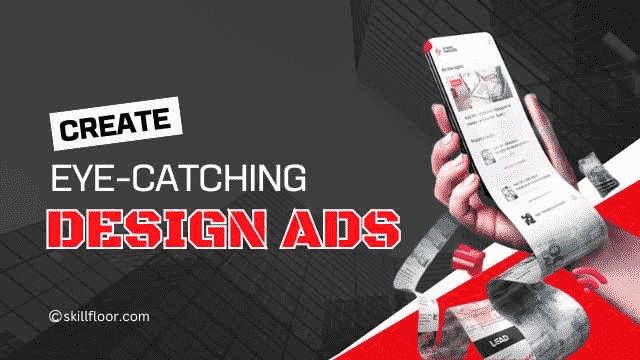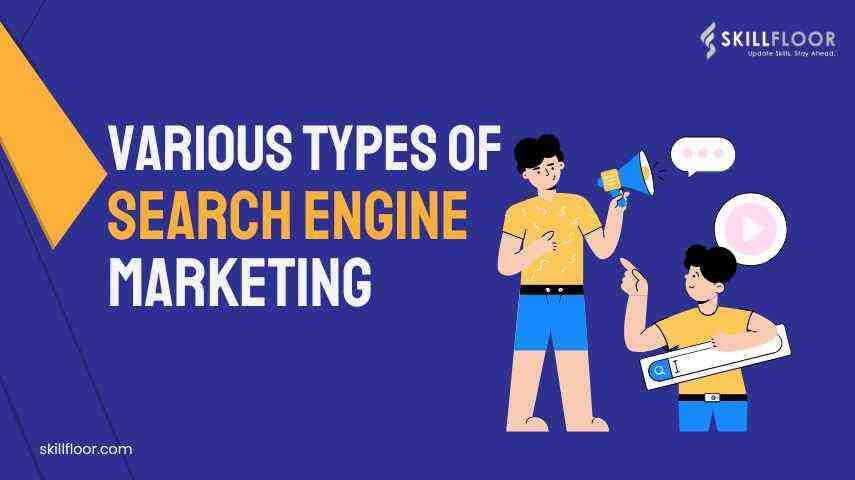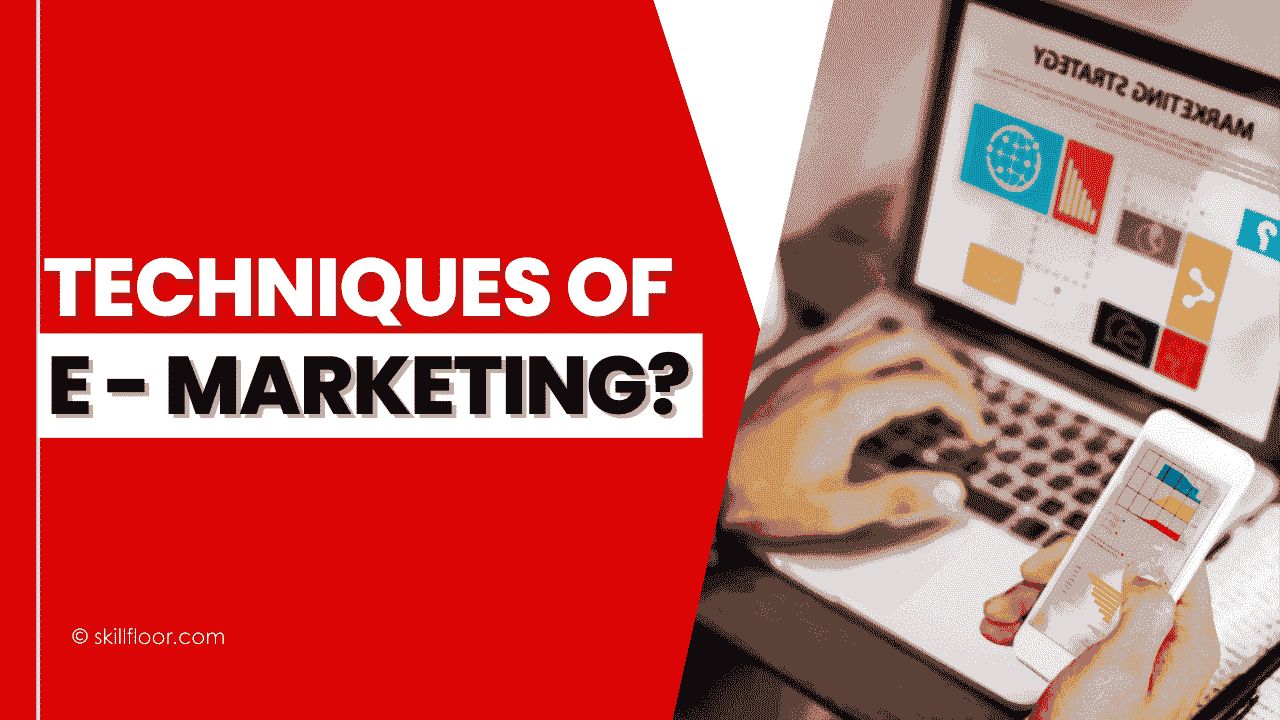How to Create Attractive Digital Marketing Ads Design
Learn how to create attractive digital marketing ads with strategic design, engaging visuals, clear messaging, and platform optimization to boost conversions.

Digital marketing ads are a powerful tool for capturing attention, conveying your brand’s message, and operating conversions. However, with so much content competing for user attention, crafting an ad that stands out can be challenging. As a digital marketing expert, I’ve learned that creating an attractive ad design requires a strategic approach that blends creativity, data, and a deep understanding of your audience.
The Need for Standout Digital Ads
Nowadays users are affected with a constant stream of ads on various platforms. Whether scrolling through social media, browsing websites, or checking emails, people are bombarded with marketing messages. As a result, they’ve become adept at ignoring ads that don’t immediately capture their interest.
To cut through this noise, your digital ads need to do more than just exist. They need to engage, inform, and motivate users to take action. This means that every element of your ad—visuals, messaging, and CTA—must be thoughtfully designed to appeal to your target audience.
Challenges in Designing Effective Digital Ads
Creating an attractive ad that resonates with your audience and meets your marketing goals is no small feat. Several challenges can arise, including:
-
Audience Attention Span: Users have short attention spans and are quick to scroll past anything that doesn’t immediately catch their eye.
-
Platform Specifications: Different platforms have varying requirements for ad formats, sizes, and content, complicating the design process.
-
Ad Fatigue: Seeing the same type of ad repeatedly can lead to ad fatigue, where users become desensitized and stop engaging with your content.
-
Balancing Creativity and Consistency: While it’s crucial to be creative, your ad still needs to align with your brand identity to maintain consistency.
These challenges can make the process of designing effective ads seem daunting. However, by breaking it down into manageable steps and focusing on key design principles, you can overcome these obstacles.
How Can You Create Attractive Digital Ads That Convert?
With so many variables to consider, how can you design ads that not only look good but also perform well? What elements should you prioritize to ensure your ads capture attention, convey your message effectively, and encourage user action?
A Step-by-Step Guide to Creating Attractive Digital Marketing Ads
1. Define Your Goals
Before diving into the design, it’s essential to establish clear objectives for your ad campaign. What do you want to achieve? Whether it’s boosting sales, increasing brand awareness, or promoting a new product, having a specific goal will guide your design choices and messaging.
Benefits:
-
Improved Focus: With clear goals, your design process becomes more targeted and efficient.
-
Better ROI: Aligning your design with your objectives ensures that your ads are tailored to meet business goals, leading to a better return on investment.
2. Choose Your Channels Wisely
Selecting the right platforms for your ads is crucial. An omnichannel approach—using a mix of email, social media, and search ads—can help you reach your audience wherever they are. However, each platform has its own set of best practices and audience expectations.
For example:
-
Social Media Ads: Platforms like Instagram and Facebook are great for visually-driven ads. Use vibrant images or short videos with concise messaging to engage users.
-
Search Ads: Google Ads require keyword optimization and a focus on relevance. Your design should highlight the main value proposition in a text-based format.
-
Email Marketing: Here, personalized content with eye-catching visuals and a clear CTA can drive higher engagement.
Benefits:
-
Maximized Reach: Using multiple channels ensures your ads reach a wider audience.
-
Improved Engagement: Tailoring ads to specific platforms increases the likelihood of engaging users on those platforms.

3. Conduct a Competitor Analysis
Analyzing what your competitors are doing can provide valuable insights into what works and what doesn’t. Look at the design elements, messaging, and placement of their ads. Identify common themes and note which ads seem to garner the most engagement.
Ask yourself:
-
What visual styles are they using?
-
What kind of messaging resonates with their audience?
-
How are they positioning their products or services?
This analysis can inspire your designs and help you find opportunities to differentiate your ads from the competition.
Benefits:
-
Strategic Advantage: Understanding your competitors’ strategies can help you identify gaps and opportunities to position your brand uniquely.
-
Inspiration: You can gain inspiration from successful ad elements and avoid mistakes made by others.
4. Create a Memorable Message
Your ad’s message should be concise, clear, and memorable. It’s the hook that grabs attention and compels users to learn more or take action. Here are some tips for crafting a compelling message:
-
Keep It Simple: Avoid jargon and complex language. Your message should be understandable at a glance.
-
Be concise: Use direct and to the point language that presents key details. To ensure this, you can run your ad’s message through the summarizer tool, which will instantly make it even more concise.
-
Focus on Benefits: Highlight the benefits of your product or service rather than just features. Tell users how it will solve their problems or improve their lives.
-
Create Urgency: Use time-sensitive language like “Limited Time Offer” or “Hurry, Only a Few Left” to encourage immediate action.
Benefits:
-
Enhanced Recall: A memorable message increases the chances that users will remember your brand or offer.
-
Higher Engagement: A clear and compelling message motivates users to take the desired action, whether it’s clicking through or making a purchase.

5. Use Striking Visuals
Visuals are the first thing people notice in an ad, so they need to be attention-grabbing and relevant. Here’s how to make your visuals stand out:
-
High-Quality Images: Use clear, high-resolution images that are relevant to your product or message. Avoid stock photos that feel generic or unrelated.
-
Consistent Branding: Your ad should align with your brand’s overall look and feel. Use your brand colors, fonts, and logo consistently across all ads.
-
Minimalist Design: Avoid clutter. A clean, simple design with a clear focus is more likely to catch the eye and convey your message effectively.
If you’re using video, keep it short and engaging. Focus on storytelling that quickly gets to the point and visually captivates the audience.
Benefits:
-
Immediate Attention: Striking visuals capture attention quickly, reducing the chances of your ad being overlooked.
-
Brand Recognition: Consistent use of brand elements helps in building brand recognition and recall.
6. Leverage Templates for Consistency
Using professional templates can streamline the design process and ensure consistency across your ads. Templates help maintain your brand identity by keeping elements like logos, fonts, and color schemes uniform.
Many design tools offer customizable ad templates for different platforms, allowing you to create visually appealing ads quickly. By using templates, you can focus more on the content and messaging rather than spending time on the design layout.
Benefits:
-
Time Efficiency: Templates speed up the design process, allowing you to focus on other strategic elements.
-
Brand Consistency: Consistent use of templates ensures that your ads align with your brand identity, which builds trust and recognition.
7. Consider Your Budget
Your budget will significantly influence your ad design choices. Knowing how much you can spend allows you to plan where to allocate resources effectively.
-
Design Resources: If your budget is limited, you might opt for in-house design tools like Canva or hire a freelance designer rather than an agency.
-
Platform Spend: Allocate more of your budget to the platforms that deliver the best results. For example, if Facebook ads yield better ROI than Google Ads, consider increasing your spend there.
Benefits:
-
Cost Efficiency: Proper budget allocation ensures that you’re spending money where it will have the most impact.
-
Scalable Strategies: A clear budget helps you develop scalable strategies that can grow as your business expands.
8. Optimize for Different Platforms
Each digital platform has its specifications for ad sizes, formats, and best practices. It’s important to design ads that are optimized for the specific platform where they’ll be displayed.
For example:
-
Facebook and Instagram: Use square or vertical images for better mobile viewing. Include minimal text, as these platforms limit the amount of text that can appear in an image ad.
-
Google Display Network: Use multiple ad sizes to increase your reach across different websites and devices.
-
LinkedIn: Focus on professional and informative content. The audience on this platform values expertise and thought leadership.
Benefits:
-
Increased Visibility: Platform-specific optimization ensures your ads look good and function well wherever they’re displayed.
-
Higher Conversion Rates: Tailoring ads to platform preferences can improve engagement and conversion rates.
9. Test and Iterate
No ad campaign is perfect from the start. Testing and iteration are crucial for refining your ads and maximizing their effectiveness.
-
A/B Testing: Create multiple versions of your ad with slight variations in visuals, messaging, or CTAs. Test them to see which performs better.
-
Analyze Performance: Use analytics tools to track metrics like click-through rates (CTR), conversion rates, and engagement. This data will guide your decisions on what to tweak or improve.
Benefits:
-
Data-Driven Decisions: Testing provides concrete data on what works and what doesn’t, helping you make informed decisions.
-
Continuous Improvement: Regularly iterating your ads based on performance data helps in continuously improving results over time.
10. Incorporate Customer Feedback
Listening to your customers can provide invaluable insights into what resonates with them. Whether through surveys, comments on social media, or direct feedback, use their input to refine your ad designs.
If customers frequently mention a particular pain point, make sure your ads address it. If they respond positively to a certain style or message, incorporate more of that into your future ads.
Benefits:
-
Enhanced Relevance: Incorporating customer feedback ensures your ads are aligned with your audience’s needs and preferences.
-
Stronger Customer Relationships: When customers see that their feedback influences your ads, it fosters a sense of loyalty and connection with your brand.
Tools and Resources for Digital Marketing Ads Design
To create visually stunning digital marketing ads, utilizing the right tools and resources is essential. Graphic design software plays a critical role in this process. Here are some popular options:
|
Software |
Features |
|---|---|
|
Adobe Photoshop |
Widely renowned for its image editing, retouching, and graphic creation capabilities. |
|
Canva |
A highly user-friendly platform offering pre-made templates and drag-and-drop functionality. |
|
Sketch |
Renowned for its vector-based design capabilities and robust prototyping features. |
|
InVision |
Primarily utilized for interactive and responsive design, fostering collaboration among team members. |
|
Figma |
A cloud-based design tool that enables real-time collaboration and seamless workflow integration. |
By leveraging these tools, you can streamline your design process and enhance the quality of your ads.
Creating attractive digital marketing ads involves a blend of strategic planning, creative execution, and ongoing optimization. By following the steps outlined in this blog—defining your goals, choosing the right channels, conducting competitor analysis, crafting a memorable message, and testing and iterating—you can create ads that not only look good but also drive results.
The benefits of a well-crafted digital ad extend beyond just immediate conversions. Attractive ads can improve brand recognition, build customer trust, and create lasting impressions that contribute to long-term business success. So, take the time to invest in your ad design process, and watch as your campaigns begin to stand out in the crowded digital marketplace.




























































